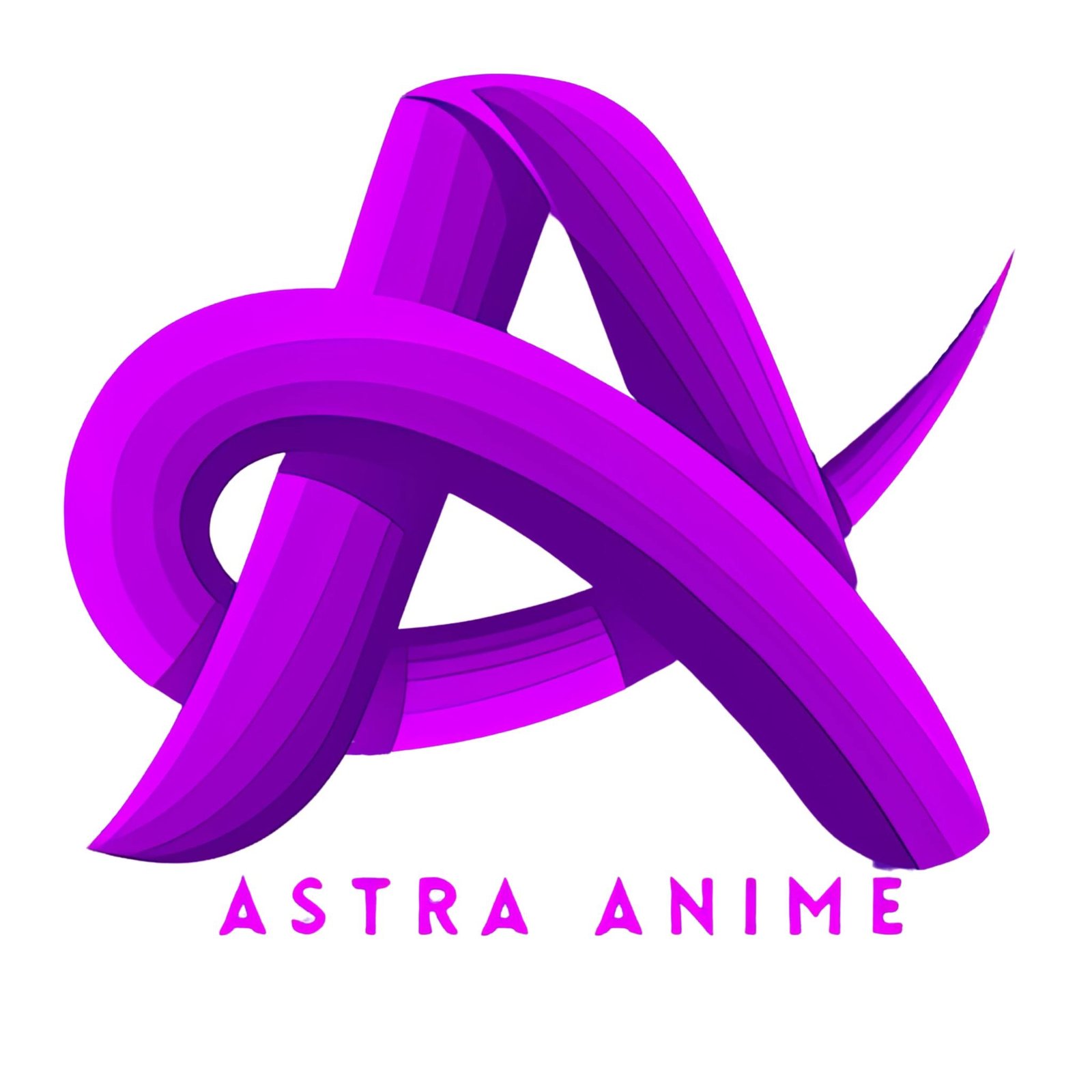🎬 Massive Anime Studio News – What’s Changing in the Industry Right Now?
The anime industry isn’t just evolving — it’s shaking at its core.
2025 has brought some huge changes to the studio landscape: from surprise mergers and major staff shakeups, to the rise of AI tools, new production pipelines, and shifting power away from traditional giants.
Here’s a breakdown of the biggest changes rocking the anime studio world — and what it could mean for the future of your favorite series.
🌀 MAPPA Under Fire… Again
MAPPA, known for their jaw-dropping visuals (Jujutsu Kaisen, Chainsaw Man), is once again facing criticism from staff and fans alike.
Crunch Time Chaos: Several key animators anonymously revealed brutal production crunch during Chainsaw Man Season 2’s early work-in-progress stages.
Animator Exodus? At least four big-name animators have reportedly left the studio to freelance or join smaller indie projects.
New Management Shift: Studio insiders say a new production chief is pushing for tighter deadlines and cost-cutting, further fueling the backlash.
“They’re pushing for quality… but sacrificing the people behind it.”
💥 Studio Bones + CloverWorks: Strategic Partnership Confirmed!
In a move that shocked industry watchers, Studio Bones and CloverWorks announced a production alliance to co-develop multiple projects starting late 2025.
First Project: An original sci-fi mecha anime with Spy x Family director and Mob Psycho writers attached.
Goal: Share animators, budgeting tech, and AI-enhanced pre-viz (previsualization) tools to streamline workflow.
“Instead of killing each other over talent, we’re teaming up to raise the quality bar.” — Bones rep at AnimeJapan 2025
🏆 Kyoto Animation Expanding Globally — First Overseas Studio in Canada 🇨🇦
Yes, it’s true. Kyoto Animation has officially opened a satellite studio in Vancouver, focused on background art and digital post-processing.
Why Vancouver? To access international talent and test cross-border collaboration.
Focus: Emotional dramas, slice-of-life, and theatrical projects.
KyoAni Culture: Studio confirmed the overseas team will still follow “Animator First” ethics — fair pay, training, and career growth.
“It’s KyoAni’s heart, now beating internationally.”
🧪 WIT Studio’s Risky New Move: 100% AI-assisted Anime (?!)
In a bold experiment, WIT Studio is partnering with a Tokyo tech firm to produce a short-form fantasy series with AI-generated in-between frames and layouts.
Human-led storyboarding and key frames will stay.
AI will handle rough movement and early coloring layers.
Title: Project Genesis — set for a winter 2025 drop on Netflix.
“We’re not replacing artists. We’re evolving the workflow,” WIT clarified in response to backlash.
Still, the anime community is split — some call it innovative, others worry it opens the door for artistic dilution.
🎙️ Freelance Boom: Top Talent Leaving Big Studios
The industry is witnessing a creative exodus — top animators and directors are ditching studio contracts to go freelance or form indie teams.
Notable Names:
Kazuya Tanaka (ex-Ufotable): Launched a micro-studio focusing on cyberpunk horror.
Mina Okabe (former Trigger animator): Gained traction through TikTok animations — now crowdfunding her own magical girl series.
This reflects a shift toward creator-first, decentralized content production. Fans are now backing their favorite artists directly through Patreon, Kickstarter, and Fanbox.
📉 Traditional Studios Struggling to Keep Up
While major names are experimenting or growing, some mid-sized studios are quietly shutting down or being absorbed.
Studio Passione reportedly dissolved in March 2025 after internal funding issues.
Smaller subcontracting studios are being swallowed by conglomerates like Kadokawa and Aniplex.
Industry insiders warn this may lead to less creative freedom and more corporate-mandated projects — “safe but soulless.”
💹 The Rise of Global Co-Productions
Studios are now increasingly partnering with international teams to reach broader audiences.
Demon Slayer’s Infinity Castle Arc will feature outsourced CG support from South Korea and France.
Netflix and Crunchyroll are actively investing in Japan–US co-productions, especially for action-heavy or experimental titles.
🔮 What Does It All Mean?
Anime is no longer bound to Japan-only workflows. The traditional “studio system” is being rewritten:
✍️ Independent creators are getting louder.
🤖 AI and tech are entering the process.
🌍 Studios are expanding globally.
💼 Fans are funding passion projects directly.
🗣 Final Thoughts: The Industry’s in Flux — and That’s Exciting
Change is scary — but it’s also opportunity.
The anime industry is undergoing a transformation where power is spreading out — from big studios to small creators, from Japan to the world, from corporate control to fan-backed freedom.
Whether it leads to a golden age of creativity or a wave of safe, algorithm-chosen content — only time (and fans) will tell.
Stay tuned, because anime is no longer just about what’s on-screen. The real story is happening behind the scenes.






